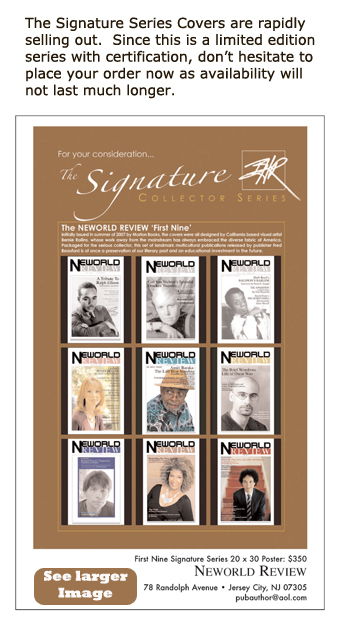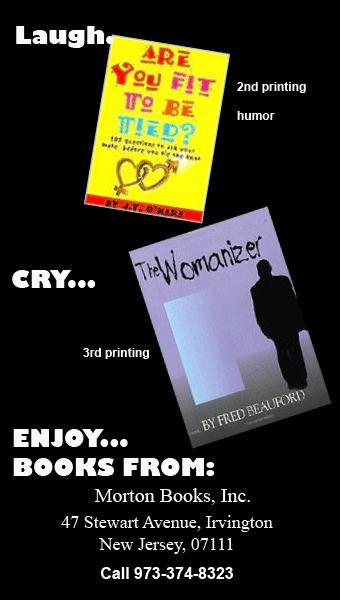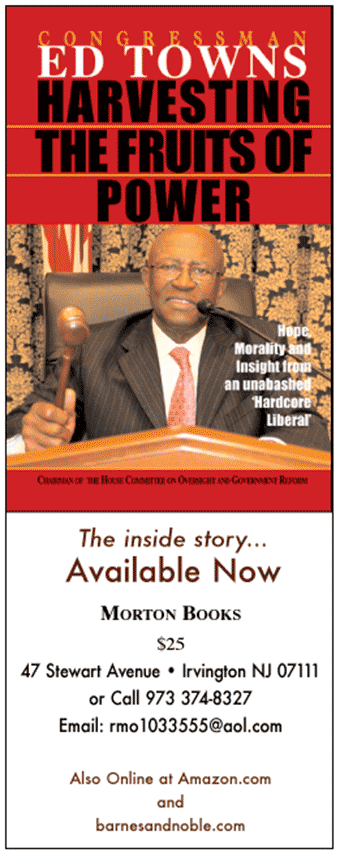ART BEAT
Art Beat- April 2011
by Lindsey Peckham
Elizabeth Murray: Painting in the Seventies, at the Pace Gallery
The impression that Elizabeth Murray’s work left on me was strong: there is an enormous duality to the exhibit now at the Pace Gallery (the one on 25th Street). Her use of color ranges from the dark and subtle to bright and geometric. Being that this is the first exhibit of hers at Pace following her passing in 2007, I can’t ignore the historical aspect of this show. It seems to suggest a strong but conflicted artist, who was working in a time of unprecedented experimentation and artistic freedom. One of only four female artists to have had a retrospective dedicated to their work at the MoMa.
George Condo, Mental States, at the New Museum
Now here’s an exhibit that’s been around for a few months but somehow managed to escape my notice before now, for shame! Because George Condo’s current exhibit is a revelation. It is a sort of retrospective of an artist whose contemporaries include Jean-Michel Basquiat and Keith Haring. Divided into four sections, this alternately bizarre, grotesque, funny, and tragic exhibit is a journey through thirty years of Condo’s vision of the world. Take the time to sneak a peek at the catalogue, as it provides some fascinating in-depth commentary and insights into the exhibit. You may have seen his little red creature all over the subway ads and been tempted to explore further; I am strongly urging you to do so.
Kadinsky at the Bauhaus
Have you been to see Kadinsky at the Guggenheim yet? I had, but only in passing, and when a friend mentioned that several of Condo’s works made him think of Kadinsky, I had to go see for myself, naturally. While I have a more difficult time connecting the two artists, I was glad for the opportunity to spend some time with works of his, created during his tenure teaching at the Bauhaus, a school that emphasized the importance of crafts as equal to that of the traditional arts. The sharp and dark geometric shapes in his work seemed at odds with some of the softer, pastel color schemes Kadinsky chose, but the juxtaposition is pleasing, and the work is suggestive of the political and technological upheaval of the time (Germany in the 1920s and 30s), but never heavy-handed.
Paolo Canevari’s “Decalogo” at the Drawing Center
Drawing inspiration from the exhibit’s title (“Decalogo” is the Italian word for the Ten Commandments), Canevari has created 10 large-scale etched plates - displayed without the resulting prints - that playfully explore the world’s most famous social contract. The etchings are dark and slightly twisted, but their beauty is undeniable, both in their symbolic significance and in the intricate detail. There’s a late-night flashlight tour of this and the Drawing Center’s larger exhibit “Drawing and Its Double” on May 7th - who wants to come with me?
Nicholas Vreeland at the Leica Gallery
At the Leica Gallery this month, Swiss-born and fellow NYU alumnus Nicholas Vreeland gracefully and elegantly documents the return of his Buddhist teacher, Khyongla Rato Rinpoche, to Tibet after 50 years. The 35 black and white photographs on display are both epic and intimate, and range from awe-inspiring landscapes of sharp Tibetan mountains to personal portraits of Buddhist monks in debate. Being an incurable world-wanderer, as I know so many of my friends, and I suspect a good number of you, dear readers, are, this exhibit reminds me of the power of photography to be a transportive art form, and a window into a world that I had hardly seen before.






